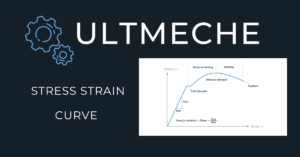Strength of materials is an engineering class which goes over mechanical behavior of materials upon loading. In the design of mechanical systems, it is important to analyze and understand mechanical behavior. As a result of proper analysis, we can deliver valuable data to the customer.
This page will be a comprehensive review of basic strength of materials concepts.
These concepts will be important to know either as a student or as an engineer.
Bookmark this page so that you can quickly refer to it for your strength of material class and industry needs.
What is Strength of Materials
The strength of materials correspond to two values – their yield strength and ultimate tensile strength.
Yield strength represents where a material will stop linearly deforming and start plastically deforming.
On the other hand, ultimate tensile strength is the maximum value of stress the material can handle before breaking.
For a visual overview, see the stress-strain curve:
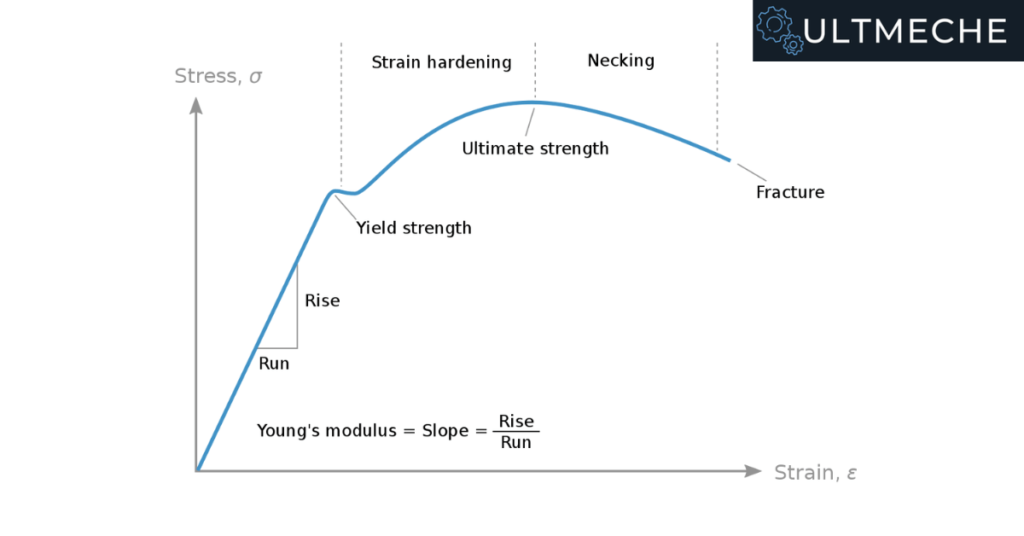
After yield strength we see plastic deformation and some point after ultimate tensile strength, we see necking. Shortly after necking we see fracture, which represents a failure of the part, or the material breaking.
Why Strength of Materials is important
Strength of materials is important to take into mechanical design considerations.
Mechanical design involves the design of structures, buildings, pressure vessels, automotive, basically anything “mechanical” that we touch.
If any of these mechanical parts were to fail, this could possibly mean life or death.
We don’t want parts or buildings breaking upon us, so as a result we need to make sure we do proper analysis using strength of materials fundamentals.
Companies rely on the revenue from customers to keep them going, and that revenue is what gets transferred to you through your salary. It is important to understand that for you to get paid as an engineer, you need to deliver high quality work to the customer.
Strength of Materials Engineering Concepts
The following are important strength of materials engineering concepts that you need to understand as a student or engineer.
These design parameters and values will all be things you take into consideration as an engineer to determine that the mechanical system that you are working on is safe and acceptable for use.
Stress
Stress represents a physical quantity that describes a force over a unit area:
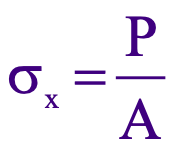
The equation Stress = Force/Area is the most basic form of stress and the easiest way to understand it.
A few of the common forms of stress we will see are:
- Normal Stress
- Shear Stress
- Principal Stresses
It’s important, at the minimum, that you understand those 3 concepts of stress in engineering.
Normal Stress
Normal stress represents stress along the normal axis of a plane.
If we take any inclined plane on the bar shown below, we see that the normal axis x’ refers to:
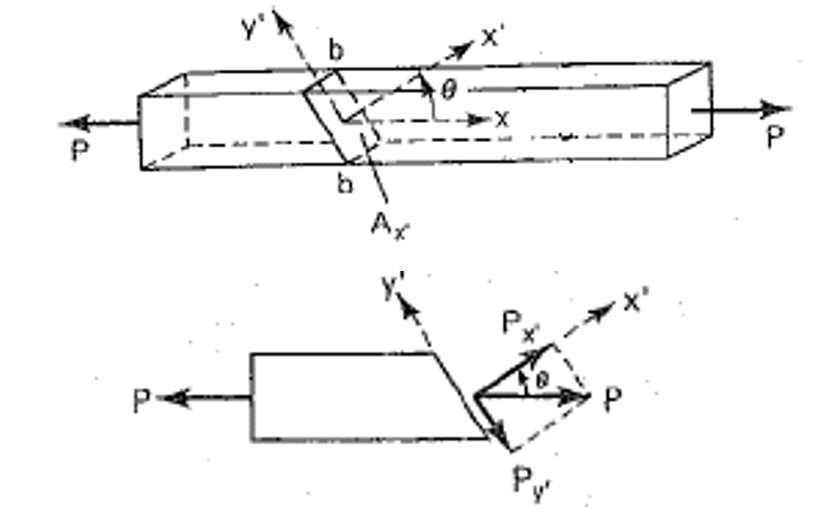
Shear Stress
Shear stress represents stresses along the shear plane of an object.
For a visual of shear stress, refer this image:
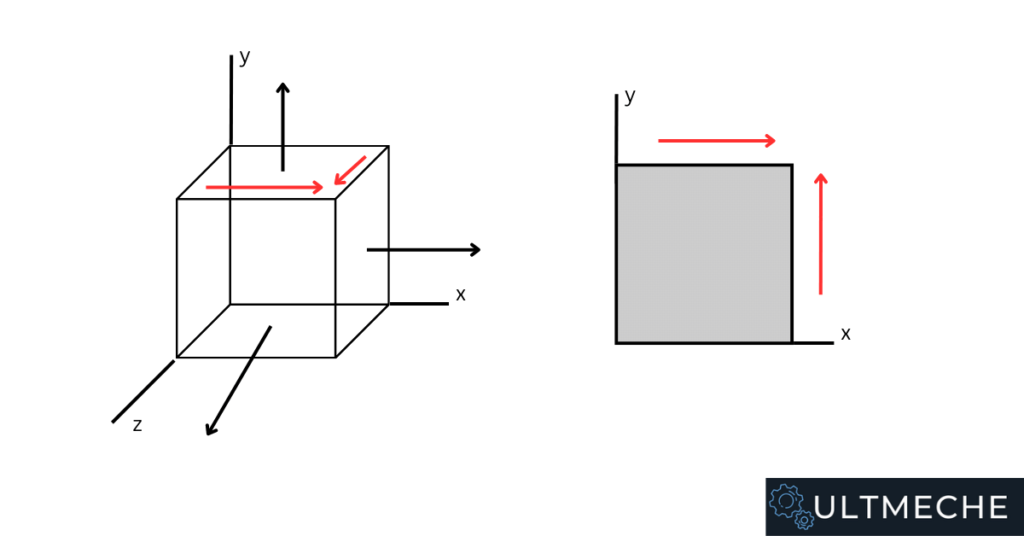
Principal Stresses
Principal stresses are the most important forms of stress that we want to see in a mechanical system because they represent the maximum and the minimum.
The formula for principal stress is as follows:

For a more comprehensive review of what stress is, check out: What is Stress in Engineering?
Strain
Strain is an engineering parameter which is dimensionless that measures elongation over the total length.
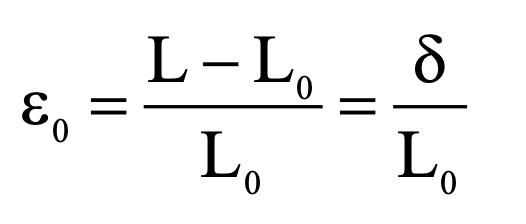
For a more comprehensive review of what strain is, check out: What is Strain in Engineering?
Fatigue
Fatigue failures regarding a strength of materials class refer to failures that occur in objects over a long period of time (high number of cycles).
Engineering fatigue is a very important concept because parts can be subject to stresses which are way lower than their allowable stresses, but undergo critical failure!
This is due to a concept called fatigue in engineering.
In engineering systems with a high number of cycles, we have varying mean and alternating stresses.
Think of an unbalanced rotor that is constantly rotating – this will be subject to a mean (average) stress and a maximum/minimum value corresponding to alternating stresses. These will be important values and design considerations to take into account during the design and manufacture of engineering systems.
Goodman Diagram
A goodman diagram of a material specimen test will be used to determine whether or not that material can go through finite or infinite cycles.
In simple words, it shows whether or not it can run forever without failing or not.
Engineering assumptions and criterions are used to determine allowable factors and limits such as the endurance limit.
The endurance limit is represented on the Y-axis as shown:
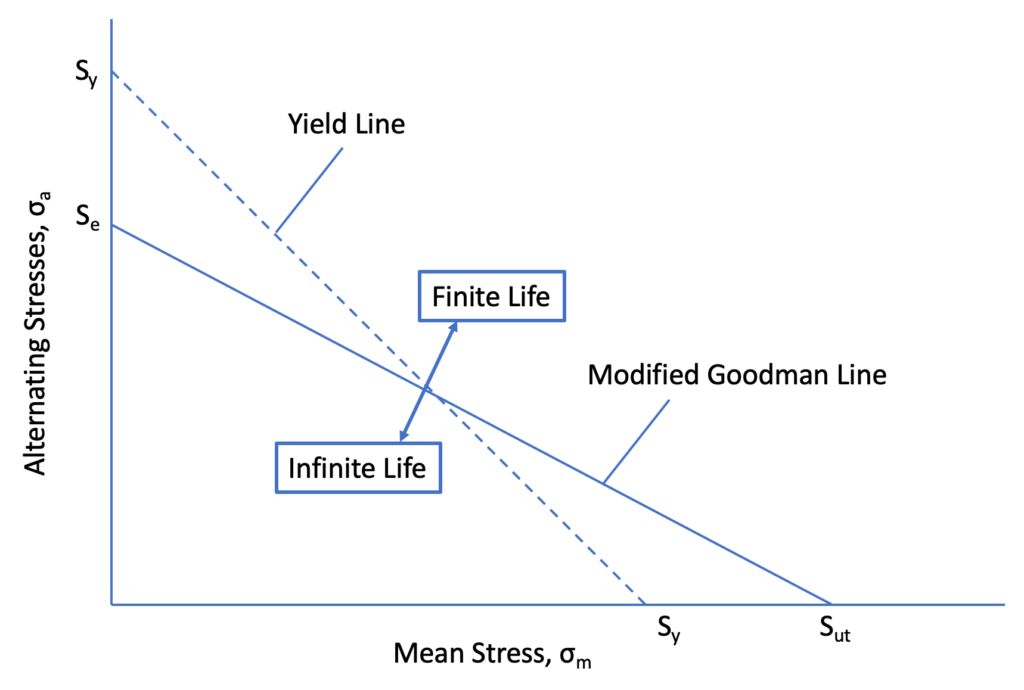
For a more comprehensive review of a goodman diagram, check out: Goodman Diagram
How to pass strength of materials class
Strength of materials can be a difficult class in mechanical engineering.
It is important that you implement these tips so that you can pass the class:
- Take good notes in class
- Practice example problems over and over
- Integrate “deep work” sessions while you work
- Go to office hours if necessary
- Watch YouTube for examples
- Live a healthy social life
- Incorporate a nutritious diet for best cognitive function
- Use nootropics such as caffeine as needed to get work done
Ultimately, as an engineer, you need to be efficient. Whether it is doing your homework as a student or designing an actual system as an engineer.
Many students and engineers struggle with these concepts which don’t reflect good on them as engineers.
Really make sure that you conceptually understand what is going on in strength of materials.
Check out: 8 Tips On How To Pass Mechanical Engineering
Strength of Materials Resources
Concluding
Strength of materials introduces very fundamental concepts in mechanical or structural engineering.
As a result, it is important to develop a critical understanding in these key areas that we’ve presented on the page.
Although strength of materials class gets very detailed and in-depth, you only need to have a rough understanding of the surface level concepts.
You don’t need to understand derivations or memorize formulas, but you will need to understand design parameters such as allowable stresses and margins of safety.
After all, you want your engineering system to run without failure.

